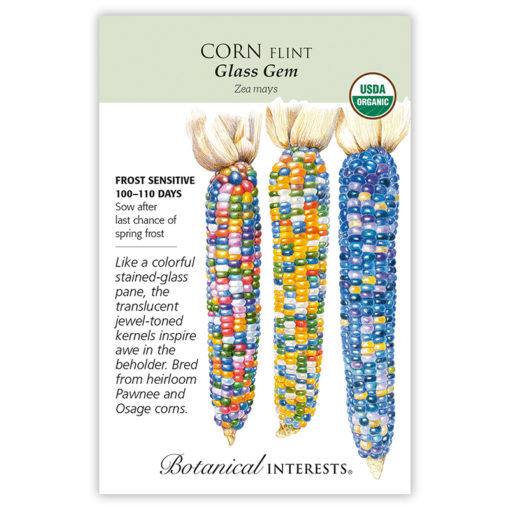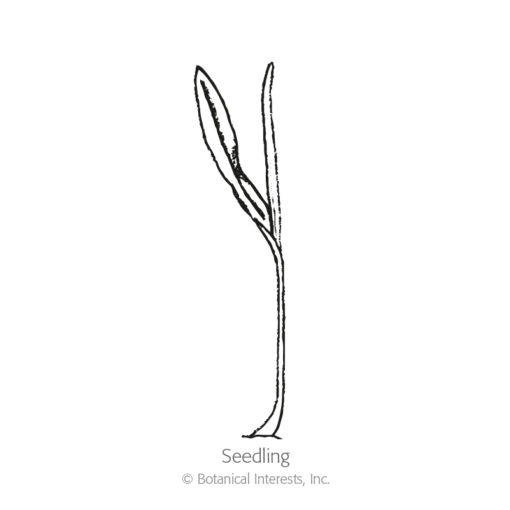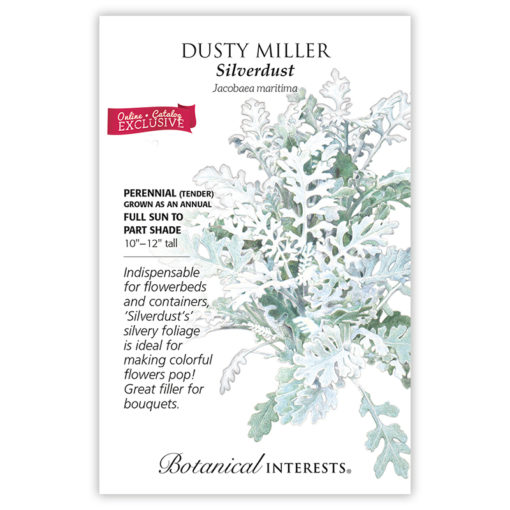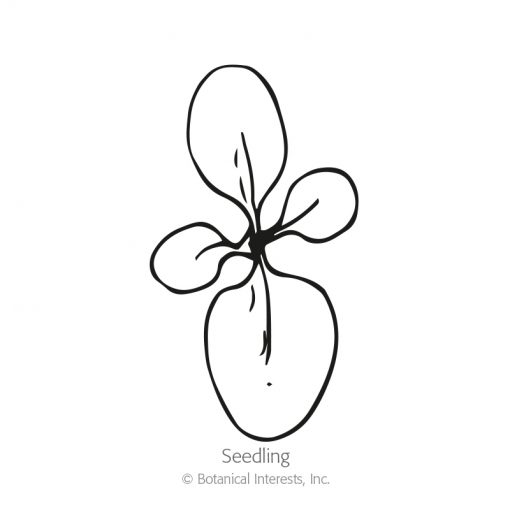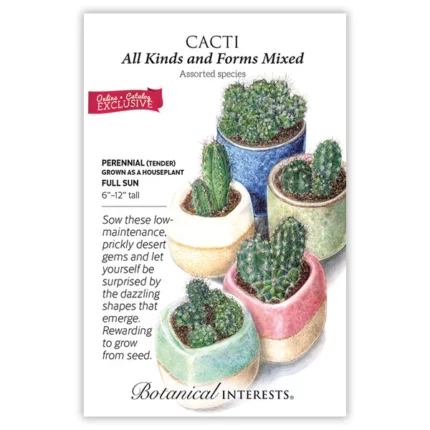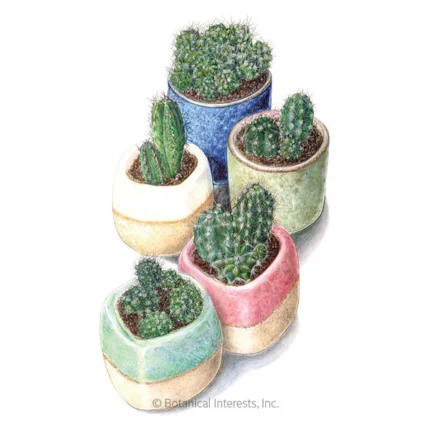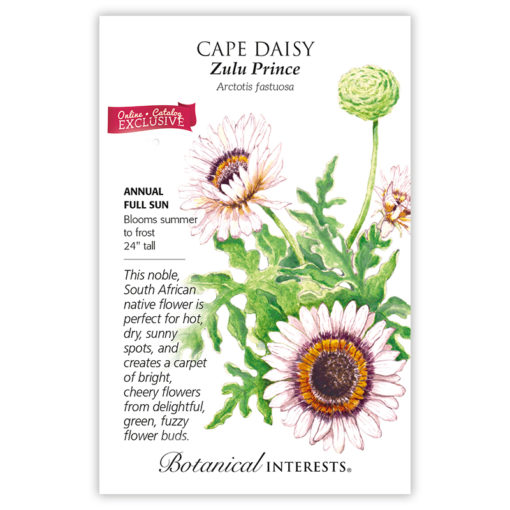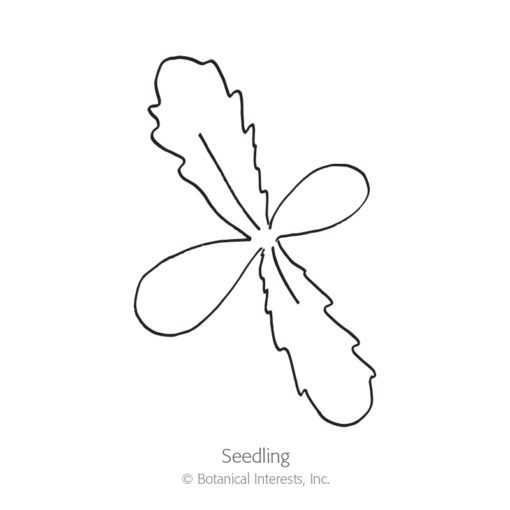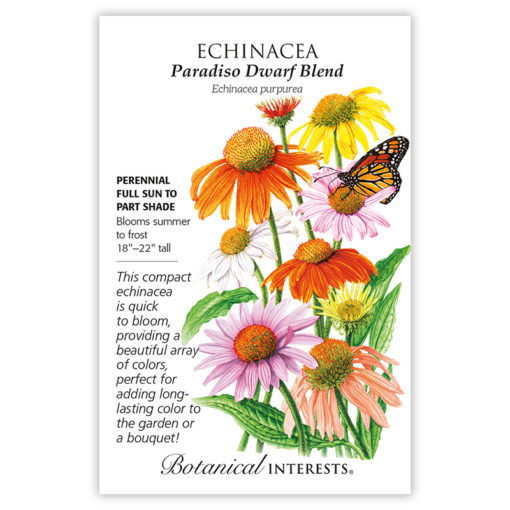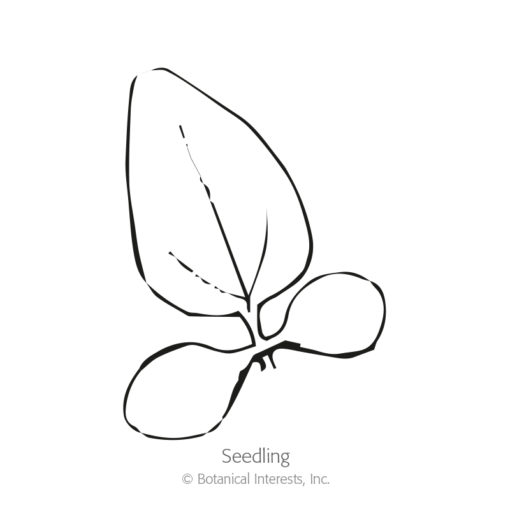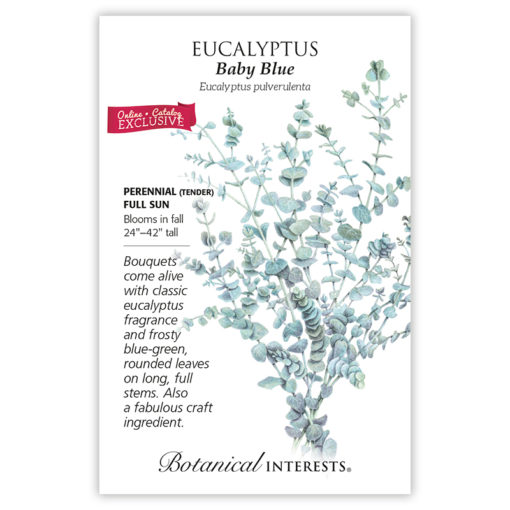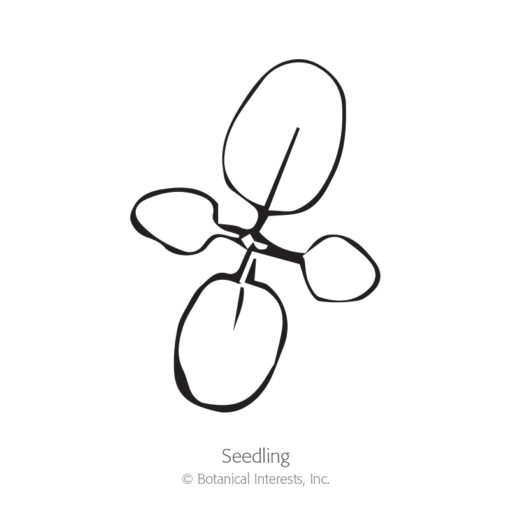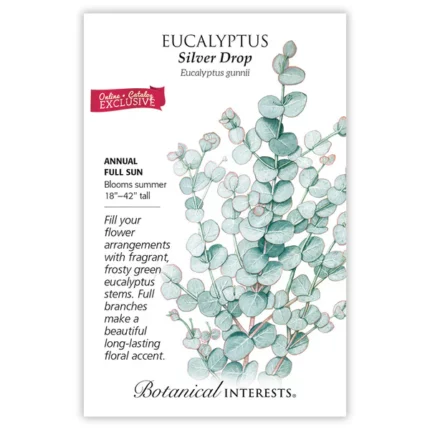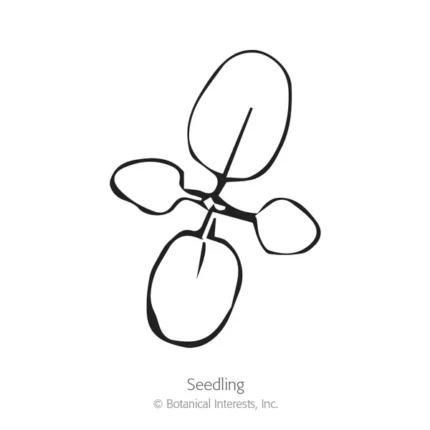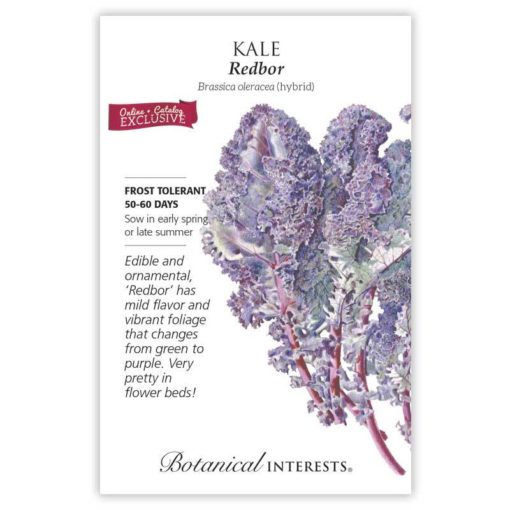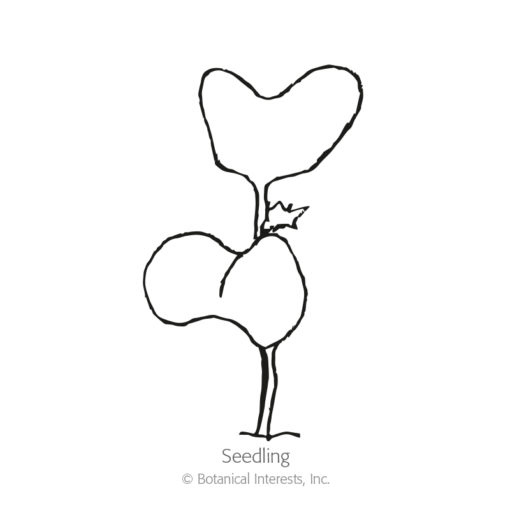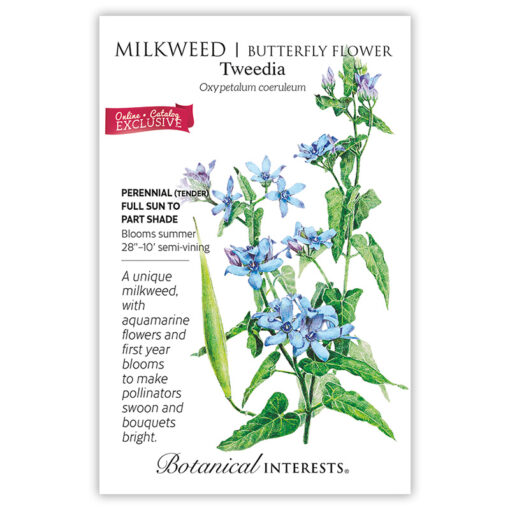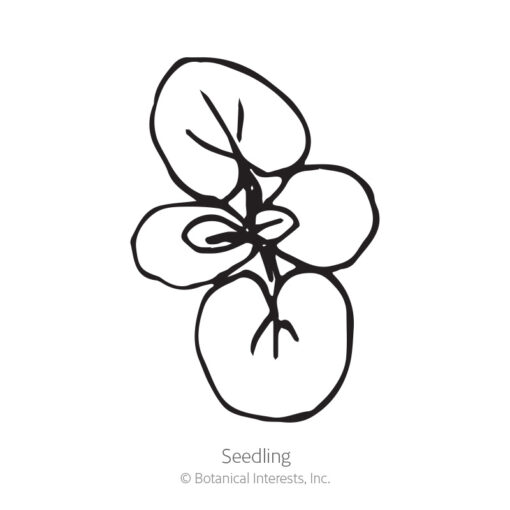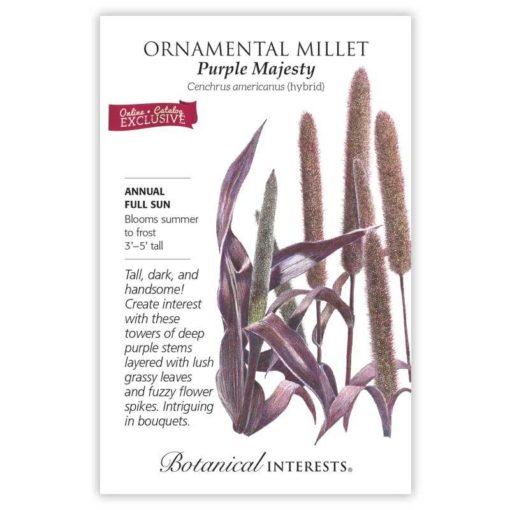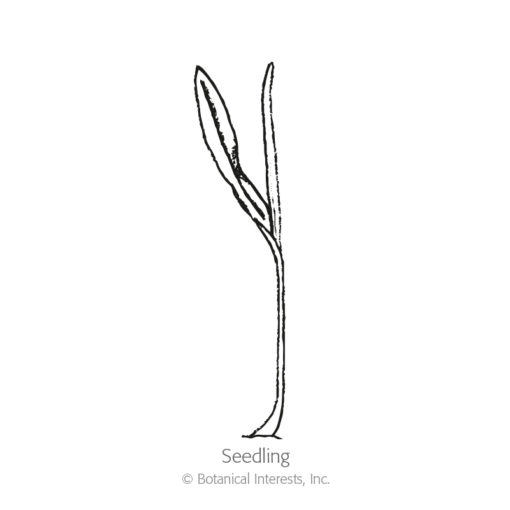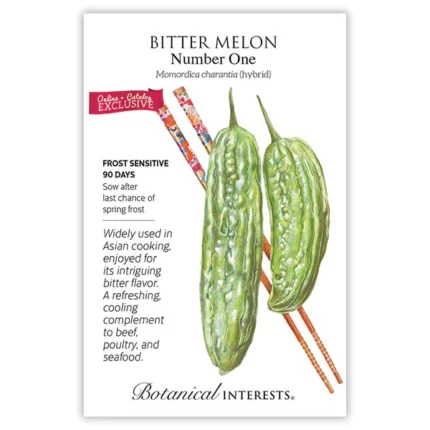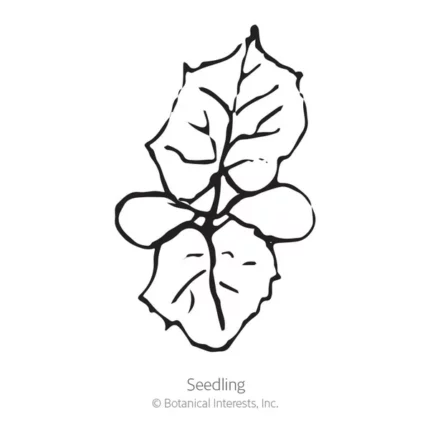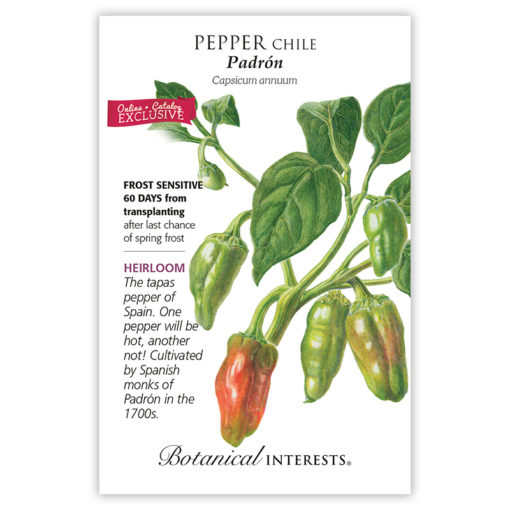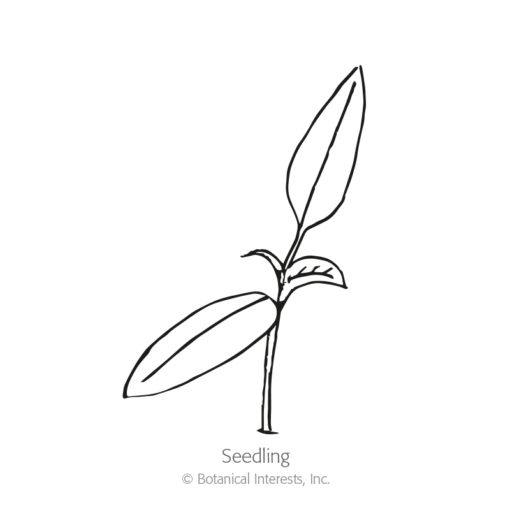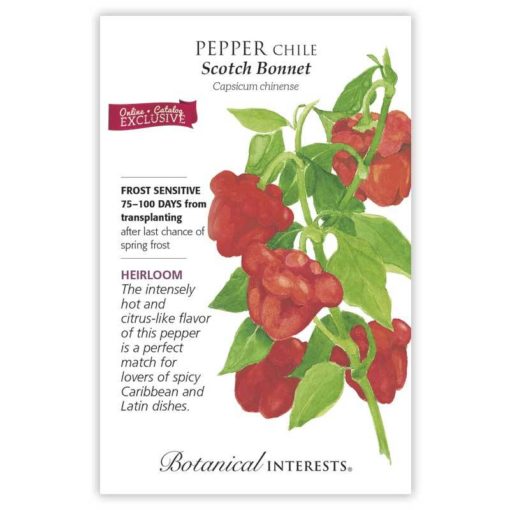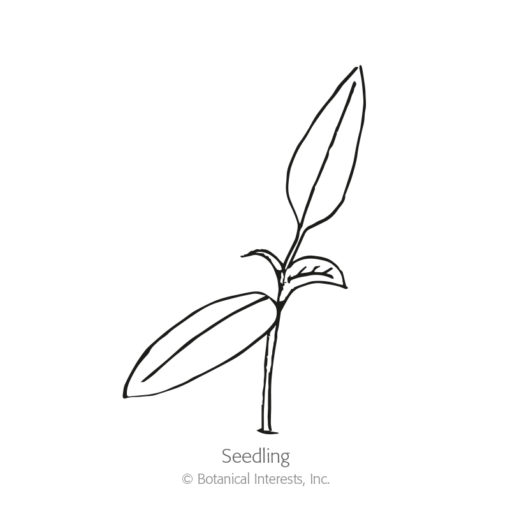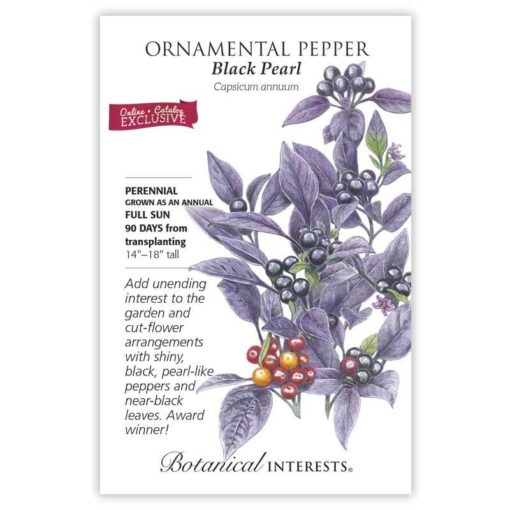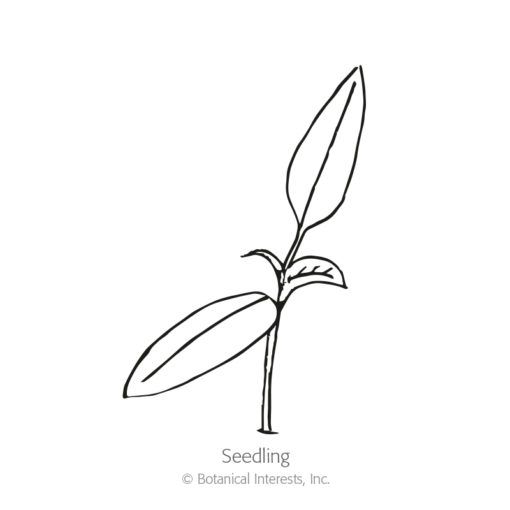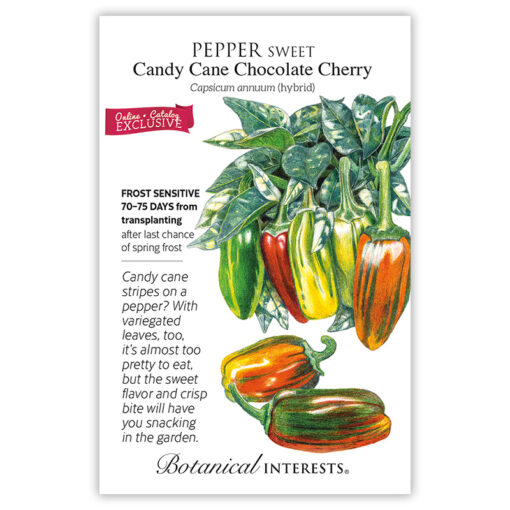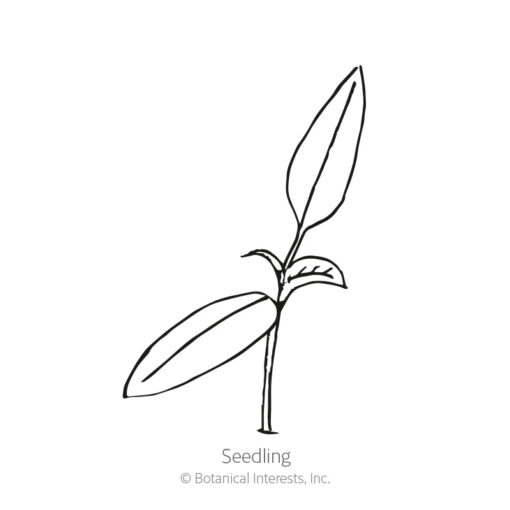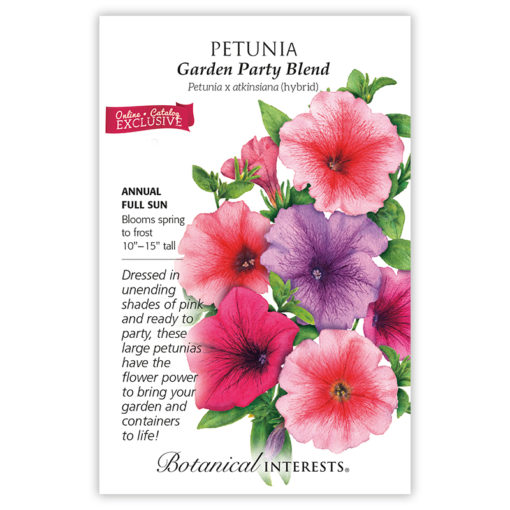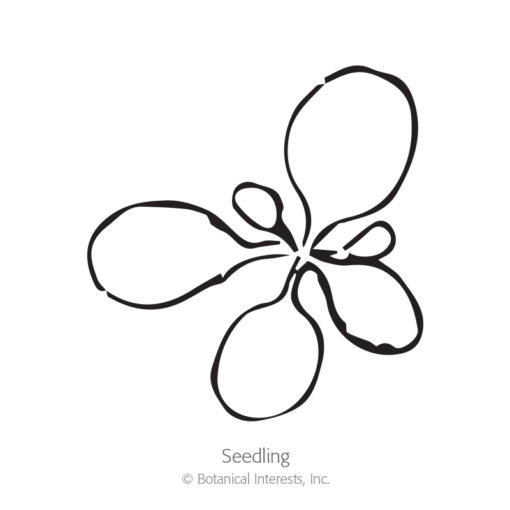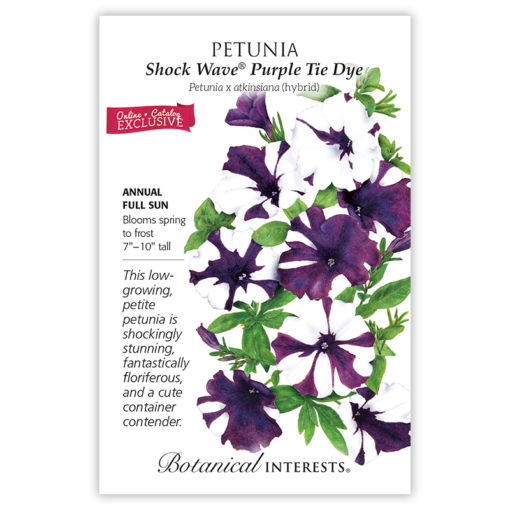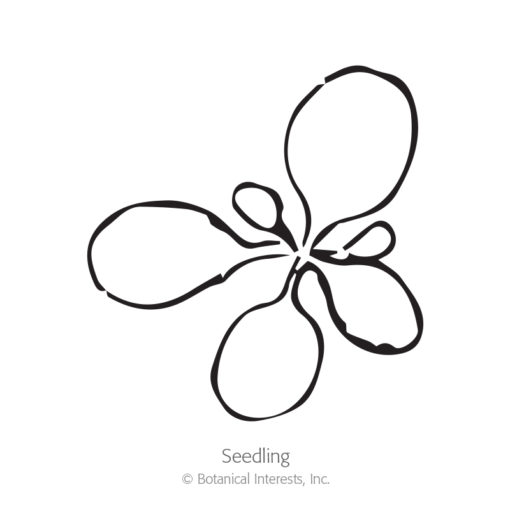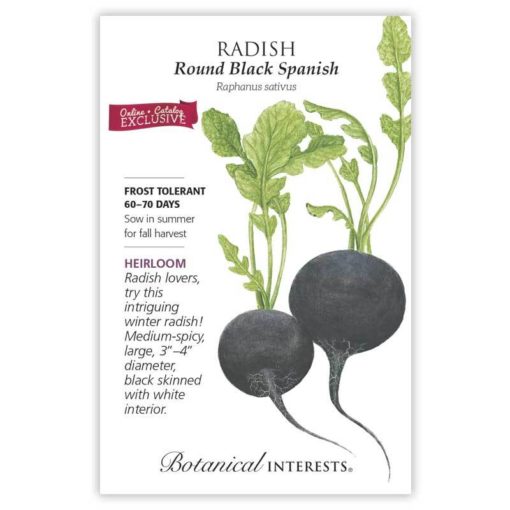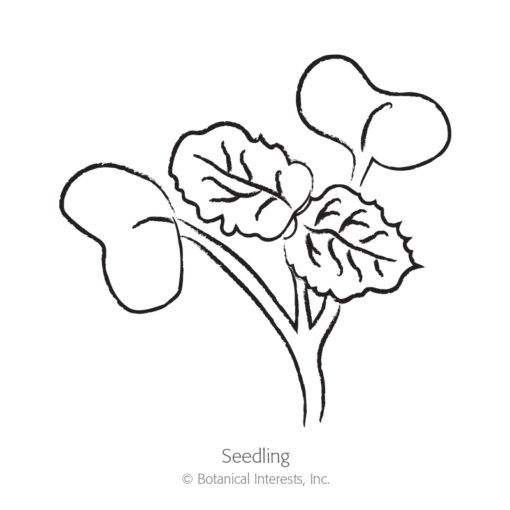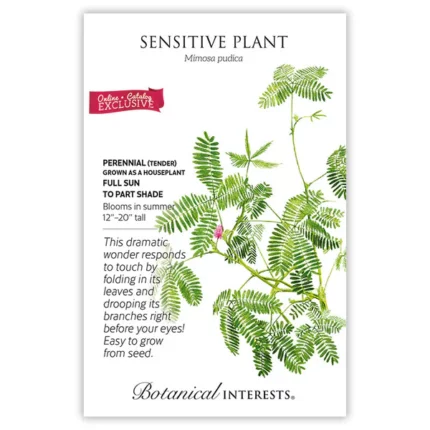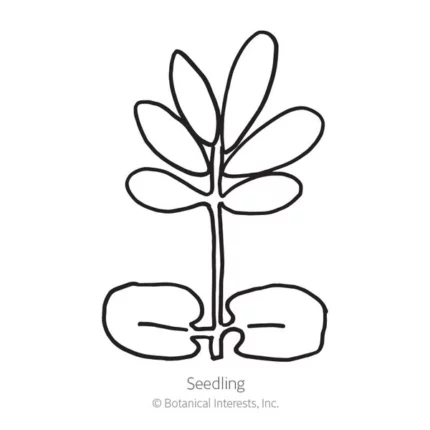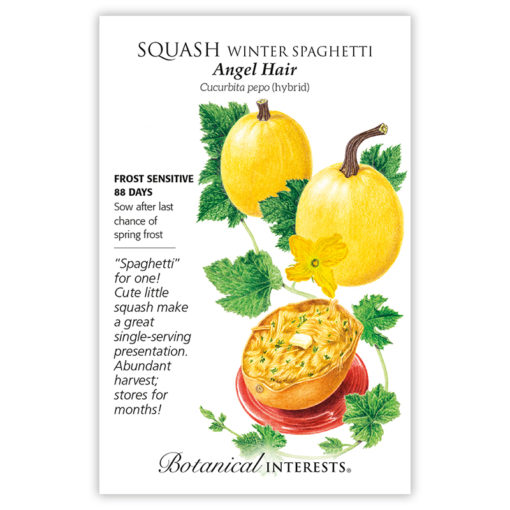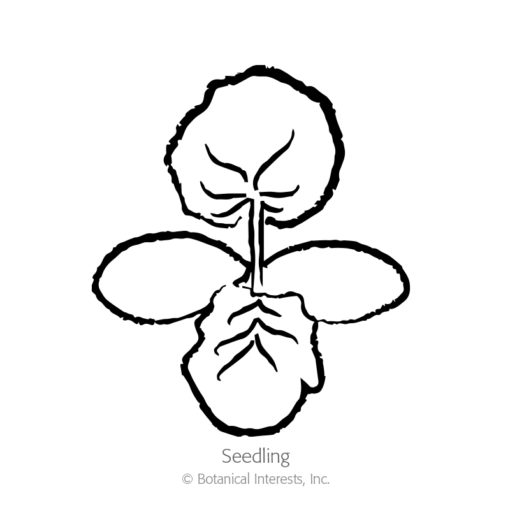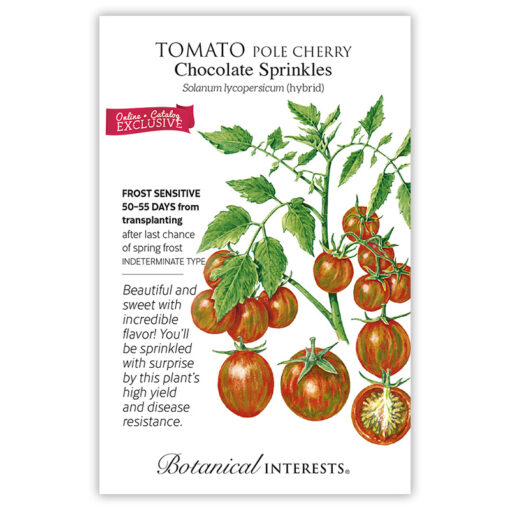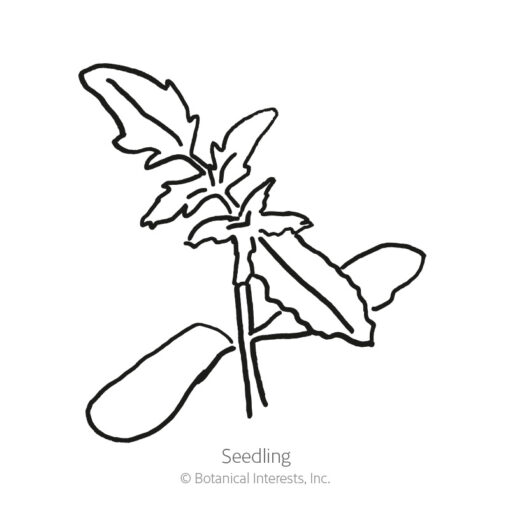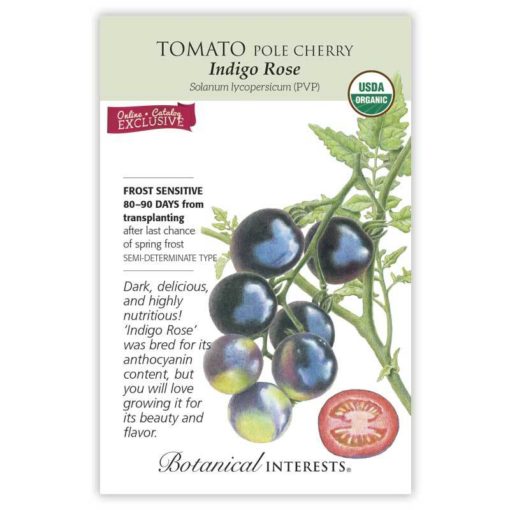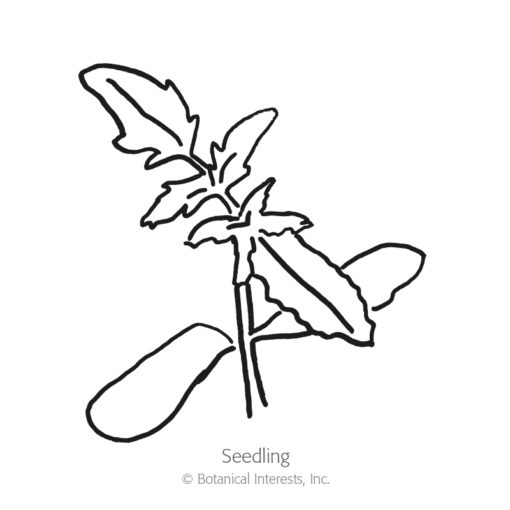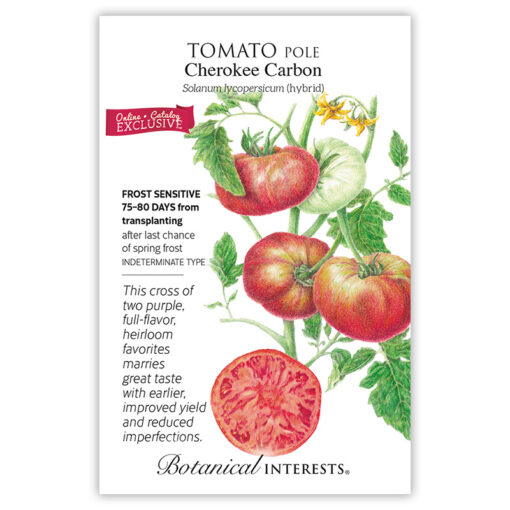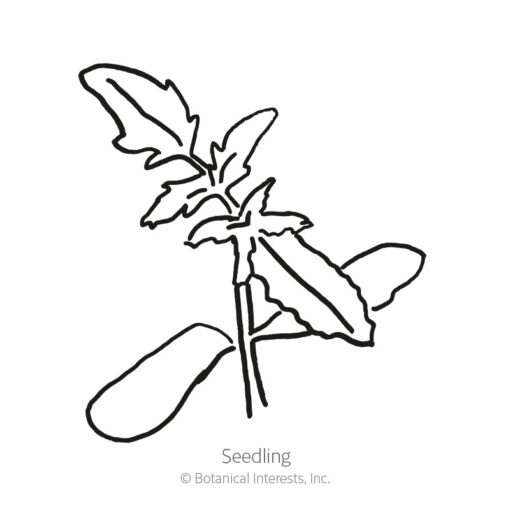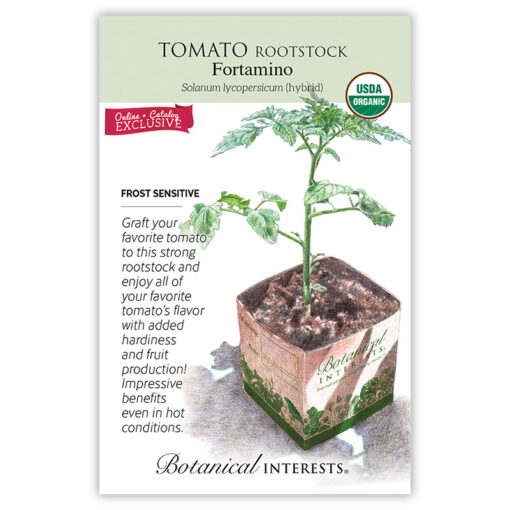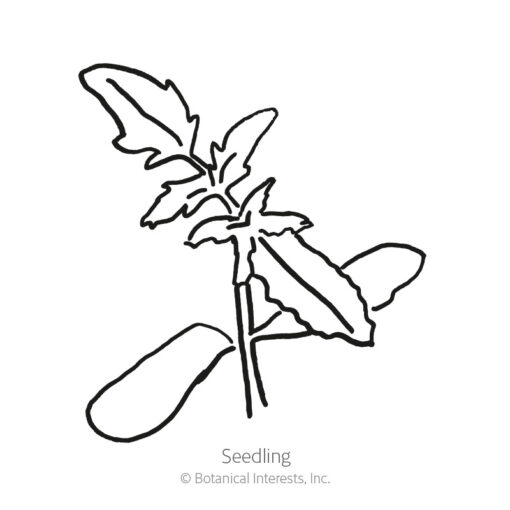Special/Online Only
Corn, Glass Gem Flint Corn Seeds – Organic
2.500 KDAn unbelievably stunning corn bred by part-Cherokee farmer, Carl Barnes, from ancestral, Native American corn. Ears are a kaleidoscope of gem-like, rainbow kernels. ‘Glass Gem’ goes beyond pretty ornamental corn, it can also be used to make cornmeal, flour, popcorn, or traditional parched corn.
Weight: 8g
Dusty Miller, Silverdust Seeds
0.800 KDSilverdust’ adds beautiful contrast and texture everywhere you grow it. It’s excellent for edging, is a must for a moon garden, and makes pretty filler for bouquets and table-top arrangements. May survive mild winters when mulched for protection. If allowed to flower, butterflies are drawn to its yellow flowers.
Weight: 75mg
All Kinds and Forms Mixed Cacti Seeds
1.350 KDForm a deeper relationship with cacti by nursing them from seed. Naturally slow to germinate, but once established, this interesting mix of desert plants will practically grow themselves! Enjoy watching succulent, water-storing stems and impressive geometric shapes form into one of the longest living plants on earth. About a year after sowing, you should have a plant about 1″ tall. This packet contains approximately six varieties including but not limited to saguaro cactus, Emory’s barrel cactus, southwestern barrel cactus, Arizona barrel cactus, prickly pear cactus, and strawberry cactus.
Cape Daisy, Zulu Prince Cape Daisy Seeds
0.950 KDA reliable bloomer, ‘Zulu Prince’ will fill the garden with 3″–4″ flowers above silver-tinged foliage, attracting bees, birds, and butterflies from midsummer to fall. Also known as Monarch of the Veldt due to its prolific presence on the plains of southern Africa, this hardy, practically care-free beauty will keep on blooming through summer’s heat where other flowers falter, as the sturdy plant thrives in poor soil and hot, dry conditions. Flowers open to greet the sun on sunny days and follow it throughout the day.
Weight: 100mg
Echinacea, Paradiso Dwarf Blend Echinacea Seeds
1.950 KDThis first-year flowering, dwarf echinacea comes in vibrant colors that will light up the garden. The blooms are loved by pollinators, and the seed cones create interest in the winter garden and attract birds. A great fresh or dried cutting flower. Practically care free, echinacea adapts to heat, drought, humidity, and poor soil. This short blend is a nice addition to patio containers. Perennial in USDA zones 3–8.
Seed Count: 15 Seeds
Eucalyptus , Baby Blue Eucalyptus Seeds
3.250 KDAlso called florist silver dollar, ‘Baby Blue’ is a florist’s staple. Long stems with rounded leaves in shades of dusty green, sometimes with purple highlights are excellent for a bouquet filler, wreath base, and are very sturdy when dried. With heady, menthol-like fragrance, it is widely used in aromatherapy, potpourri, as a pest deterrent, and much more. Perennial in USDA zones 9–11; also grown as an annual. As an annual, plants reach about 24″–48″, but it can become a 35′-tall tree over time where perennial. Drought tolerant once established, heat tolerant, and rarely bothered by pests. Deer resistant.
Seed Count: 25 Seeds
Eucalyptus Silver Drop
3.250 KDFill your flower arrangements with fragrant, frosty green eucalyptus stems. Full branches make a beautiful, long-lasting, floral accent.
Multi-branched stems filled with frosty green, rounded leaves with the unmistakable menthol-like fragrance of eucalyptus are wondrous in table-top arrangements and bouquets, fresh or dried. Eucalyptus is widely used in aromatherapy, potpourri, crafts, and as a pest deterrent in the garden. Perennial in USDA zones 9–11; also grown as an annual. As an annual, plants reach about 18″– 42″, but in areas where it is a hardy perennial, it can become a 30′-tall tree over time. Drought tolerant once established and rarely bothered by pests. Deer resistant.
Seed Count: 20 Seeds
Kale, Redbor Kale Seeds
2.500 KDThis kale has it all. Beautiful, ruffled leaves are tasty and have amazing color. Extremely cold tolerant, ‘Redbor’s’ purple color and curliness intensifies, and flavor sweetens as temperatures drop in the fall; plants can last even through hard freezes. Sow with pansies, violas, and snapdragons for long-lasting fall color.
Seed Count: 25 Seeds
Milkweed (Butterfly Flower), Tweedia Milkweed/Butterfly Flower Seeds
2.800 KDTrue-blue flowers are rare and these aquamarine gems will sparkle in the garden. Flower buds and older flowers are lavender, adding extra flair. Blue milkweed, also known as star of Argentine and southern star, draws in pollinators to its sweetly scented flowers, but unlike other milkweeds, it is not considered critical for monarch caterpillars. This cutting flower adds the perfect “something blue” to floral arrangements. Perennial in USDA zones 10–11; otherwise grown as an annual. In areas where perennial plants are vining shrubs, they may reach 10′ over time. Sap is toxic; avoid eye/skin contact and do not ingest. Deer resistant.
Seed Count: 15 Seeds
Millet (Ornamental), Purple Majesty Ornamental Millet Seeds
3.000 KDAn extraordinary ornamental for your garden and flower arrangements. Deep purple, 3’–5′ multi-stemmed plants create a fountain of long, corn-like purple leaves topped with an 8″–12″ purple flower spike. Grow in clusters to create a dramatic focal point in borders and add height to container plantings. Heat- and drought tolerant once established. Formerly known as Pennisetum glaucum. All-America Selections prestigious Gold Medal award winner in 2003.
Seed Count: 25 Seeds
Number One Bitter Melon Seeds
3.250 KDThe bitterness of bitter melon (also called balsam pear) is due to quinine, a strong-tasting component that’s also used to flavor tonic water! The sharp taste softens as it absorbs other flavors while cooking and has a pleasant cooling effect when eaten in the heat of summer. Bitter melon is considered to have medicinal qualities and is used in Asian medicines. This shorter variety’s 6′-8′ vine is best grown on a trellis or fence.
Pepper (Chile), Padrón Chile Pepper Seeds – Heirloom
1.250 KDPlay a game of Spanish roulette with your taste buds. A favorite appetizer in Spain, these early maturing and thin-skinned peppers have a mellow flavor but every so often you’ll bite into one that is fiery hot! Appetizer-size peppers of 1″-1 1/2″, range from 500 to 2,500 Scoville heat units, but may be hotter at 2″-3″ and as they ripen to red.
Seed Count: 20 Seeds
Pepper (Chile), Scotch Bonnet Chile Pepper Seeds – Heirloom
1.500 KDThe ‘Scotch Bonnet’ is powerfully hot, similar to the habanero but with a fruity or smoky flavor. Also known as ‘Jamaica Red’ and sometimes called the Scotty Bon or Bonny pepper, it is named for its resemblance to a Scottish cap. If you like your peppers fiery hot, you will enjoy its citrus, apricot-like flavor that is sweetest when the fruit turns red. Try it in jerk dishes, mango salsa, blended with dark chocolate, or with fruit. 100,000-325,000 Scoville heat units (extremely hot).
Seed Count: 30 Seeds
Pepper (Ornamental), Black Pearl Ornamental Pepper Seeds
2.800 KDWith its distinctive, semi-glossy, deep purple to black leaves, and scores of shiny round black fruit, it is easy to see why ‘Black Pearl’ won the AAS award. As the plant matures, the black peppers turn red, adding new color and interest. Peppers are edible, but extremely hot (over 30,000 Scoville heat units). Exceptionally heat and drought tolerant.
Seed Count: 10 Seeds
Pepper (Sweet), Candy Cane Chocolate Cherry Sweet Pepper Seeds
3.250 KDThis is the coolest sweet pepper you’ve ever seen! Even the variegated foliage is attractive, but the peppers will continue to wow you as they ripen from green and white stripes to the chocolate red and cream stripes in their name. Grow them in a container on your patio or balcony to enjoy the view! Small, 1 ½” peppers are crisp and sweet; slice rings into your salads for a beautiful presentation, or slice long strips for stir frying.
Seed Count: 10 Seeds
Petunia, Garden Party Blend Petunia Seeds
1.350 KDThese large, 3″, splashy petunias are ruffled and bring on the color. Mounding, upright plants are considered to be a floribunda type, meaning they will flower in abundance throughout the growing season, attracting butterflies and other pollinators. Display in pots around your patio for your next summer garden party! Grown as an annual; although perennial in USDA zones 10 and warmer. The extremely small seeds are pelleted with a clay-based product for ease of handling.
Seed Count: 25 Seeds
Petunia, Shock Wave® Purple Tie Dye Petunia Seeds
0.950 KDThe bold purples of this petite petunia with 1½”–2″ variegated flowers will make your hanging baskets pop. No two blooms are exactly alike; color patterns continue to change as they react to seasonal temperature and light variances. The plant’s habit is compact, mounded, and spreading–perfect for patio containers, window boxes, and hanging baskets. Grown as an annual; although perennial in USDA zones 10 and warmer. The extremely small seeds are pelleted with a clay-based product for ease of handling.
Seed Count: 10 Seeds
Radish, Round Black Spanish Radish Seeds – Heirloom
0.950 KDWinter radishes are a must for radish lovers. ‘Round Black Spanish’, also known as ‘Noir Gros Rond d’Hiver’, grown in the U.S. since the 1800s, is an extra large, winter radish that adds spiciness to raw or cooked dishes; spiciness declines when cooked. Winter radishes require a shortening day length and cool temperatures to mature the edible root; sow after mid-summer and into early fall. They can be stored for long periods.
Weight: 7 grams
Sensitive Plant
1.250 KDA sensitive plant, indeed! This unusually shy houseplant rapidly folds in its leaves after being touched, exposing its spines as protection from potential harm. Children and adults alike will love watching it move in response to touch, heat, or light. Its forest green, compound leaflets and globe-shaped, lilac-pink blooms add to its charm. Perennial in the tropics, and as a houseplant; otherwise grown as an annual.
Squash (Winter), Angel Hair Winter Spaghetti Squash Seeds
1.950 KDLove spaghetti squash but don’t want all the leftovers? ‘Angel Hair’ makes the perfect (and easy) presentation served on the “half-shell”. Cooked flesh forks away from the shell in strands like spaghetti. Prolific plants produce up to 15, uniformly shaped, 1½ – 2 pounds fruits on long vines – great for trellising, Bake and butter, or use as a gluten-free, low-calorie pasta alternative!
Seed Count: 8 seeds
Tomato (Cherry), Chocolate Sprinkles Pole Cherry Tomato Seeds
3.250 KDAs sweet as its name, ‘Chocolate Sprinkles’ was an employee favorite at Botanical Interests! Deep-red, large, elongated, cherry tomatoes with green and brown striping are so delicious, you’ll be glad they are extraordinarily prolific plants. The tomatoes will just keep coming all season long! Crack resistant and disease resistant to Fusarium wilt and nematodes.
Seed Count: 10 Seeds
Tomato (Cherry), Indigo Rose Pole Cherry Tomato Seeds – Organic
1.950 KD‘Indigo Rose’ was developed by Professor Jim Myers at Oregon State University to include anthocyanins (antioxidants that are beneficial to our health) in the fruits. Its 5′ vines require support and produce plentiful 2-ounce fruits in clusters of 6 to 8. You’ll find dozens of ways to eat these gorgeous purplish-brown tomatoes with red centers after you taste their balanced, sweet, acidic flavor! Allow fruit to fully ripen on the vine before harvesting. Disease resistant.
Seed Count: 10 Seeds
Tomato (Pole), Cherokee Carbon Tomato Seeds
3.250 KDWhat do you get when you cross the two heirloom favorites, ‘Cherokee Purple’ and ‘Carbon’? A tomato lover’s dream with heirloom flavor earlier in the season, increased production, and less cracks and blemishes. Large, 10-12-ounce, purple beefsteak fruit are perfect for slicing and the rich flavor is literally award winning–it won best tasting tomato in the 2005 “Heirloom Garden Show”!
Seed Count: 10 Seeds
Tomato (Rootstock), Fortamino Rootstock Tomato Seeds Organic
2.150 KD‘Improve your favorite heirloom or prized tomato’s performance by grafting it to ‘Fortamino’! This rootstock provides your tomato with a better leaf cover that helps prevent sunburn (fruit scald), increases flowers per truss and fruit weight, and improves resilience to stress and heat resistance. ‘Fortamino’ grafting also improves your tomato’s disease resistance to Fusarium crown and root rot, Fusarium wilt, leaf mold, tomato mosaic virus, verticillium wilt, root-knot nematodes, and tomato spotted wilt virus.
Seed Count: 10 Seeds
